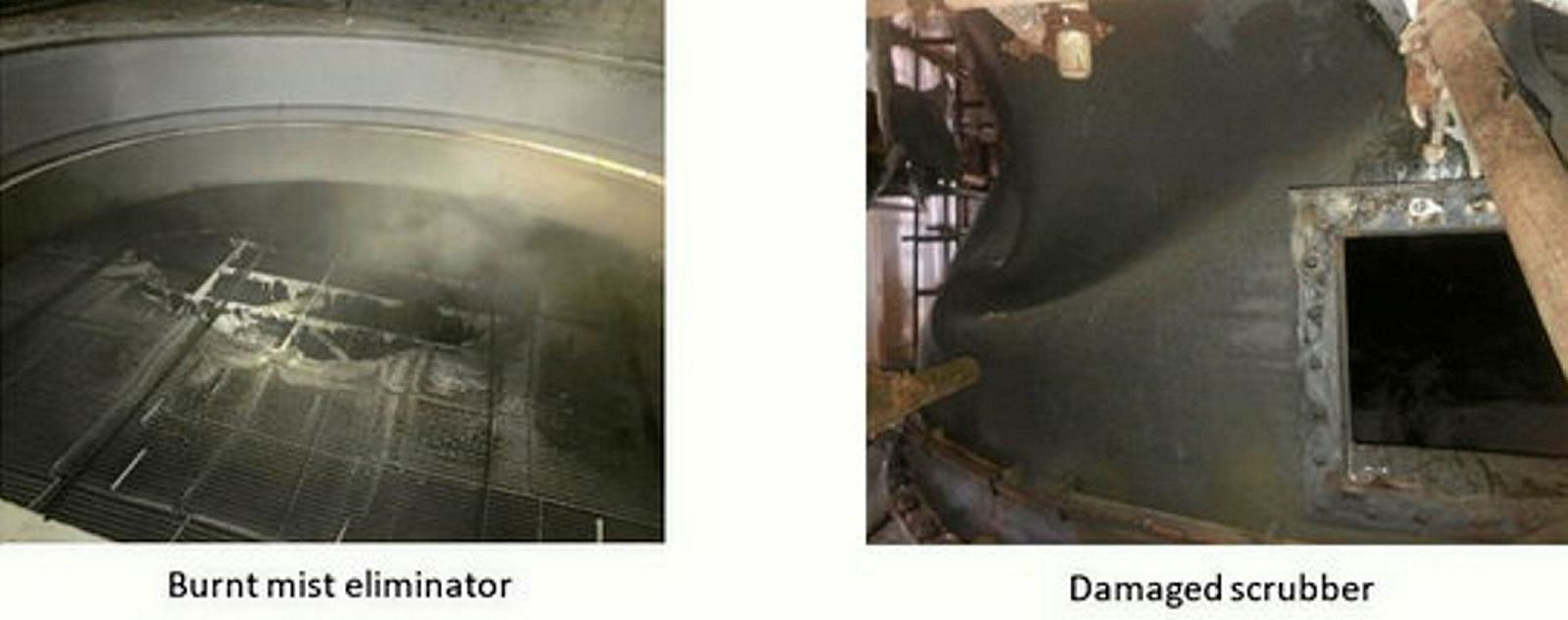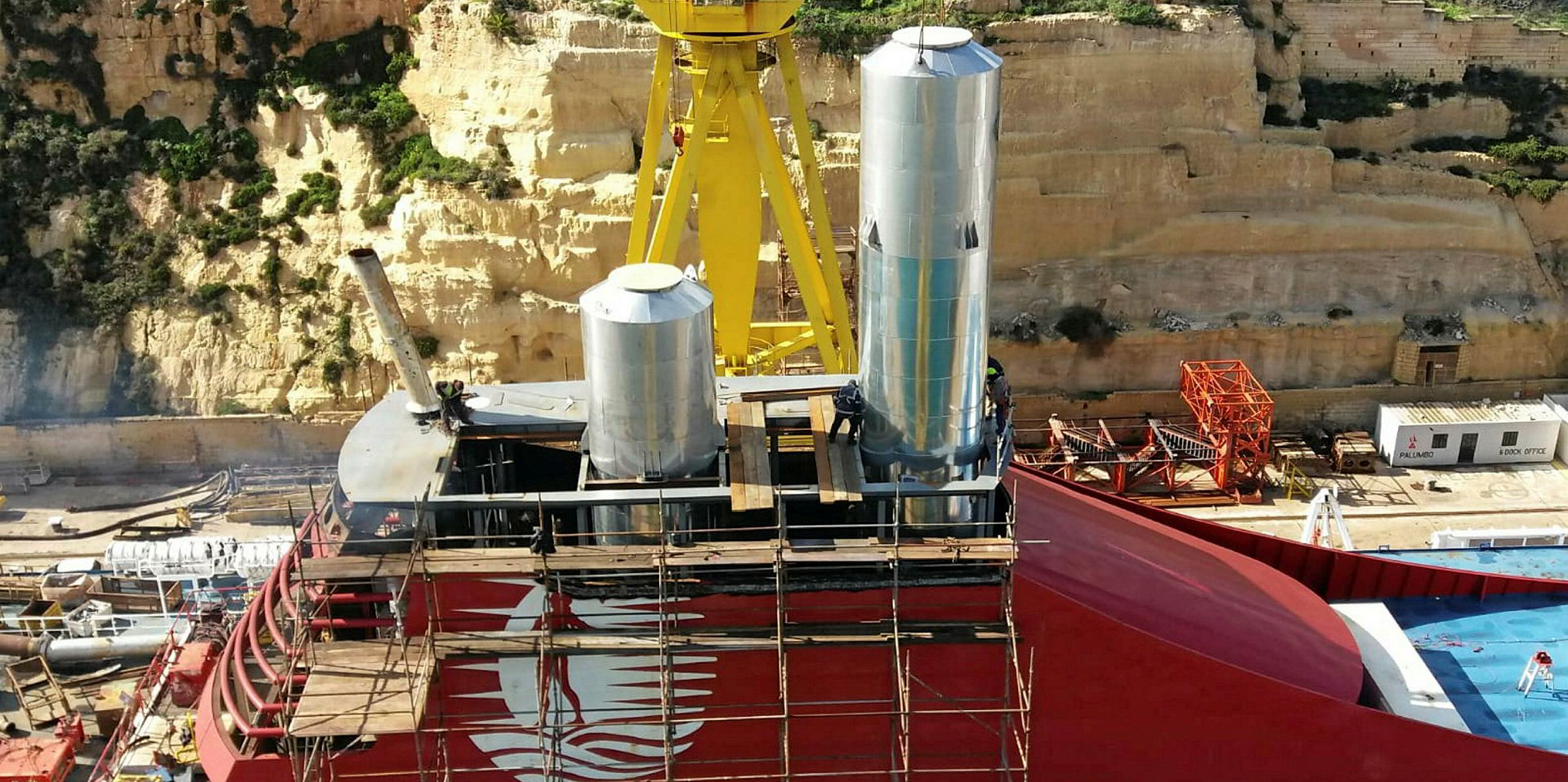Norwegian P&I club Gard has urged crews and shipyards to be aware of potential problems with scrubbers as it detailed a number of damage claims it has already been involved in.
It is estimated that nearly 3,000 vessels will have the exhaust gas cleaning systems installed by 2020, with around another 1,000 units either ordered or planned.
"For the majority of owners and their crew members, scrubber systems are new technology and, as with any new system, teething problems can be expected," said Siddharth Mahajan, the club's loss prevention executive in Asia.
"However, what is important is that after an incident has occurred, the maritime industry learns and prevents similar cases in the future."
A number of claims have arisen from the extensive hot-work needed to extend the funnel area and attach the scrubber tower to the vessel’s structure.
Sparks fly
Gard said it has seen a few fire incidents where sparks from welding, metal cutting, and other hot-work activities fell into the inner chamber of the scrubber through uncovered openings, and in one case the fire also spread to the engine room through glass-reinforced epoxy piping.
In all cases, the yard firefighting team extinguished the fire with vital assistance from crew, it added.
Later investigations revealed that crew had requested that the yard cover the openings but this was not done.
"The fire risk to scrubber packing during the hot-work activity had not been identified by yard personnel, and many of them were not aware that internal components of the scrubber were combustible," Mahajan said.
"These fire incidents arising from shortcomings in hot-work safety procedures are not peculiar to scrubbers and can occur in any location onboard a ship where welding, cutting or grinding works are undertaken."
Corrosion a problem
Then there are cases of water ingress due to corrosion from scrubber waste.
"We have seen a few incidents where within 10 to 15 months of the open-loop scrubber being installed, corrosion of the overboard distance piece or in its immediate vicinity has resulted in water ingress into areas such as the engine room, ballast tanks and cargo holds," Mahajan said.
This has been blamed on a lack of, or poor application of, protective coatings on the inside of the pipe and at the welds, along with poor application of paint on hull plating near the washwater discharge.
Temporary repairs to plug leaks had to be carried out by divers, followed by permanent repairs at a yard.
Thermal shock
In another case, a vessel was regularly trading in Northern Europe and had installed an open-loop scrubber, Gard said.
It had to change over to low sulphur fuel when visiting a port that had regulations in place banning discharge of washwater from open-loop scrubbers.
The scrubber was still required to run in dry mode, that is with washwater supply pumps turned off, to allow for the passage of hot exhaust gases with a temperature of nearly 400° C.
During inspection of the scrubber by crew, damage was noticed to the nozzles, demister housing and the drains.
"A survey was carried out and indicated a variety of concurrent causes, such as thermal shock, poor workmanship by the yard - for example, only spot welding done on demister supporting plates - and poor design," Mahajan added.
The scrubber had been in service for nearly two years.
Gard has recommended that crew members don't rely solely on the yard safety watchman, but monitor hot-work activities themselves.
"As a general note, owners should also consider approaching their scrubber manufacturers and request them to regularly share technical failure-related scrubber incidents occurring on ships belonging to other owners," Mahajan said.









